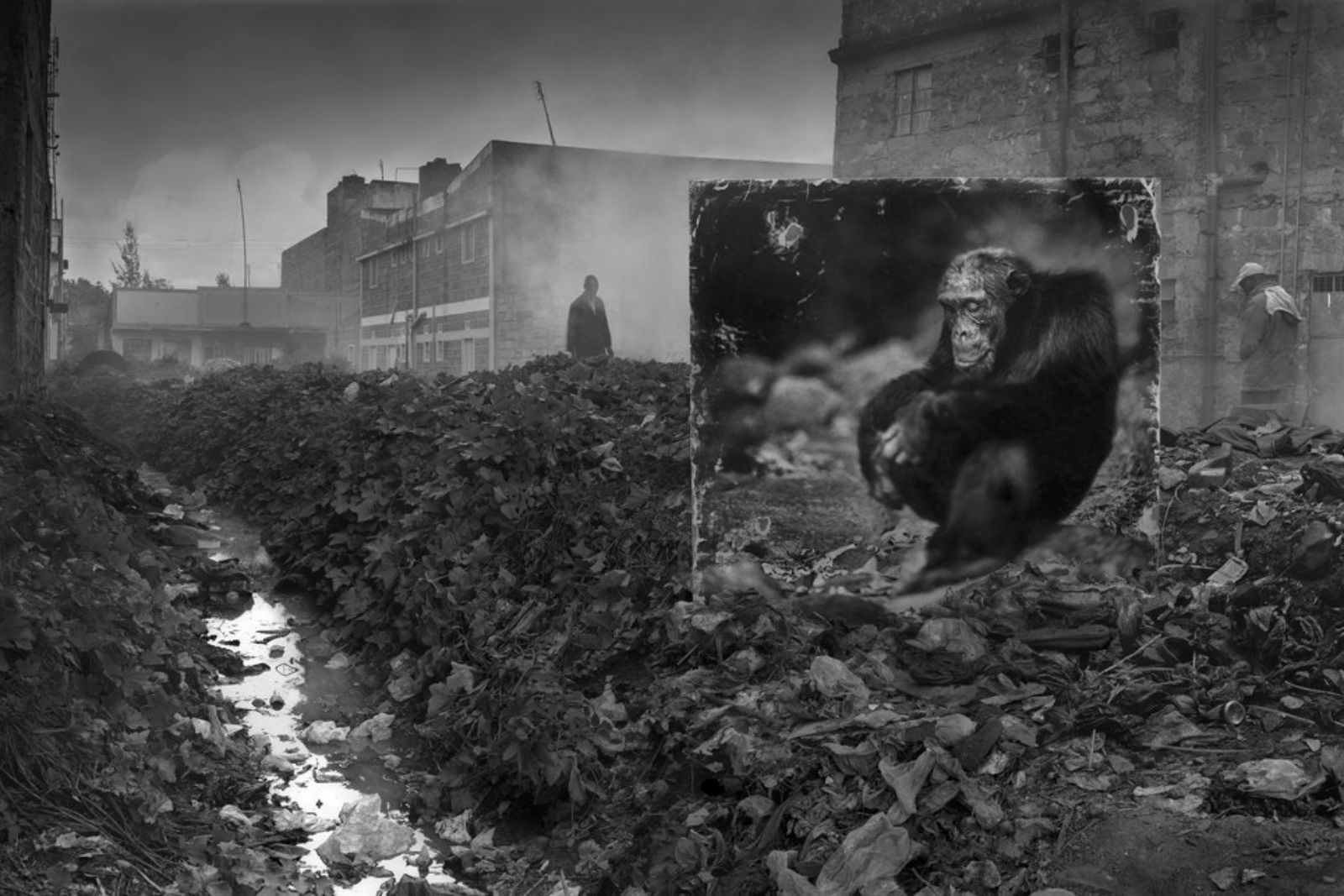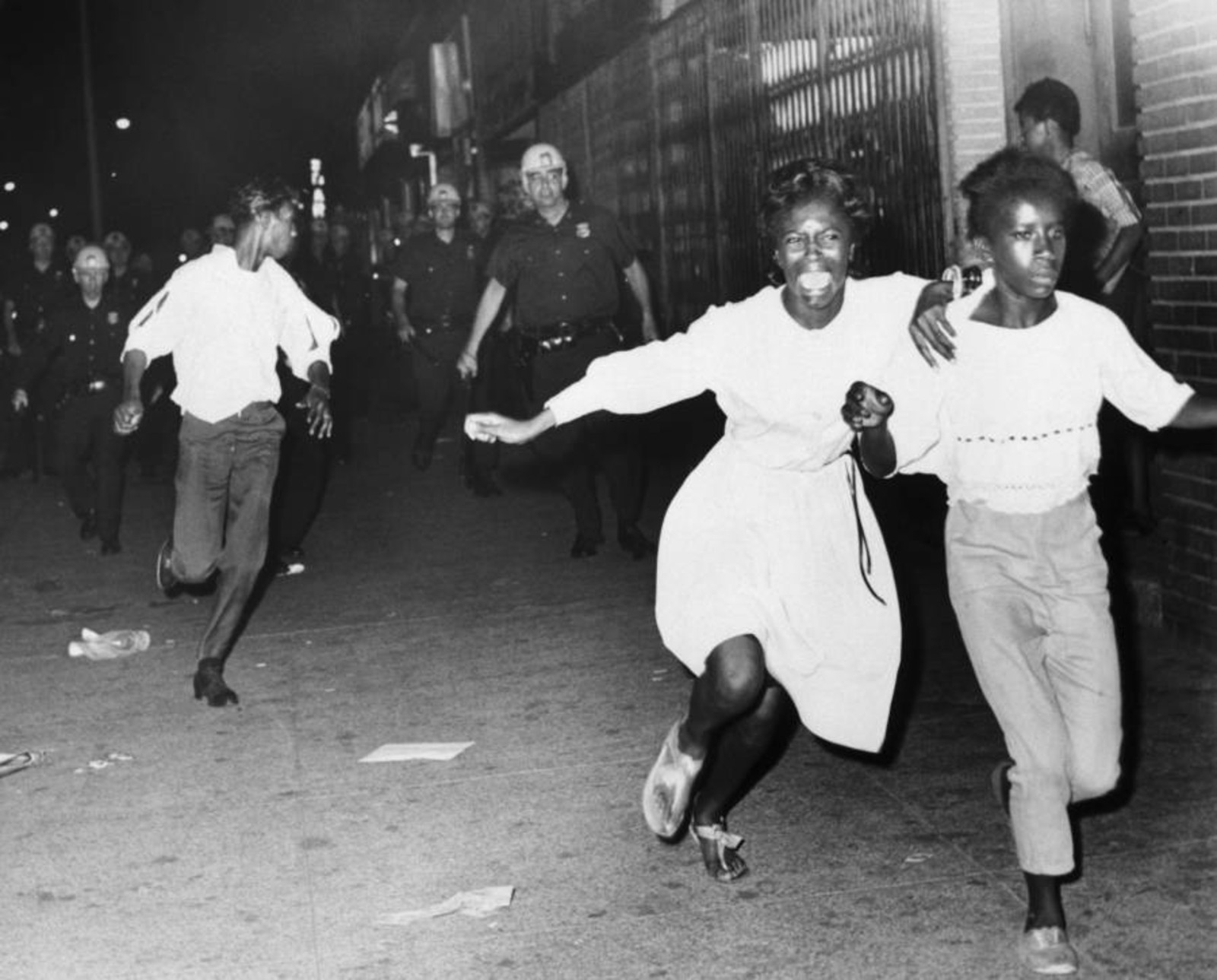
Friday, 7 February 2020
It’s the visual issue
The Beginning
Images and what they mean to us
Images and other forms of visual stimulation are everywhere. But just why are they important and how is image-based communication different from other forms of communication?
Being responsive to images is in our DNA: Human visual processing centers are highly sensitive to stimuli, according to BioMed Central, meaning we process images at an alarming speed. Dubious? Just think of all the images you’ve encountered so far today, scrolling through Instagram, looking out your car window, or just making breakfast this morning. Each one will have had some sort of impact, at a conscious or subconscious level. They’re used to tell stories, educate, facilitate interaction, or make a statement. Images shape our personalities and serve as a repository for our memories.
You are what you look at: There’s strong evidence that what you see and post on social media makes you judge yourself relative to other people and the lives they’re posting about, according to imonomy. This can affect many things ― ranging from what you eat and how you dress to the memories you create. Images, including photographs, provoke emotions as part of an unconscious reaction, as we relate what we see to our own experiences, according to True Center Publishing.
And images were among our very first means of communication: Long before the invention of written languages, images allowed humans to share and preserve ideas. At its most basic level, this method is still in use today in symbols on bathroom doors, elevator directions, and road signs. The images transcend spoken language and create a globally-understood means of communication. Yukio Ota, the maker of the exit symbol, is now trying to create a new language made up of only symbols and visuals, according to Medium.
Images that have stood the test of time

Some images are so iconic they are burned into our collective psyche: Often, these are photographs that captured a particular historical moment or helped fuel a social movement. Or they might have allowed ordinary people to witness miracles of science, human endeavor or exploration that are usually only visible to specialists. This includes the image of a fetus entitled “How Life Begins,” one of the first pictures to be taken with an endoscope, in 1965.
The first ever selfie was taken in 1839 (well, sort of): Following what’s believed to be the world’s first ever photo — or at least the oldest surviving photo — in 1826 or 1827, photography pioneer and lamp manufacturer Robert Cornelius can lay claim to capturing the first ever photography self-portrait.
From the first photo of the moon to the first picture inside the sun’s corona, photography has become a key component of science, technology and geographical exploration, helping us to better understand the physical world and bypassing the limits of human perception. An 1840 daguerreotype is the first image of the moon, while the first photo of the sun was taken in 1845. Earth was first photographed from the moon in 1966, and the first photo to be taken inside the sun’s corona was captured in 2018 by a solar probe 16.9 mn miles away from our favorite star.

Tank man: An enduring symbol of the 1989 Beijing uprising. The Chinese student who stood defiantly in front of a line of tanks on 5 June 1989, after the storming of Tiananmen Square, was never identified and became known simply as “Tank Man.” Reports suggest he was either imprisoned or executed. Associated Press photographer Jeff Widener captured the iconic image in which he was seen obstructing the tanks, with at least three other photographers also taking pictures and later publishing their accounts of the incident. Very few people in China knew about Tank Man in 1989, and his image is still officially banned in the country.
Burning monk: The precursor to the US entering the Vietnam War? Vietnamese Mahayana Buddhist monk Thich Quang Duc set himself on fire on 11 June 1963 at a busy intersection in Saigon. He was protesting discrimination against Buddhists by the regime of South Vietnamese leader Ngo Dinh Diem, who presided over pro-Catholic laws and policies. The following day, he would be on the cover of newspapers around the world, prompting the US to put pressure on Diem to meet the Buddhists’ demands ― and less than two years later, to enter the war in Vietnam. Malcolm Browne, Saigon bureau chief for the Associated Press at the time, would later recall being one of very few journalists to witness Quang Duc’s actions, in an interview with Time magazine. President John F. Kennedy would later say, “No news picture in history has generated so much emotion around the world as that one.”
An image can also encapsulate the spirit of a particular era, or a celebrity brand (as every social media influencer is well aware).
Marilyn Monroe’s ‘flying skirt’: the most iconic of all her photos. On the set of Billy Wilder’s The Seven Year Itch on 15 September 1954, photographer Sam Shaw caught world-famous actress Marilyn Monroe’s playful response to a gust of wind from a subway grate blowing her skirt in the air. Both a large crowd of bystanders and the press were on hand to witness the moment, which was later portrayed as a one-off, spontaneous shot. It turns out, however, that this was all part of the act — and the pose was carefully planned and choreographed.
Your top 5
Your top 5 pieces of business and economic news in January:
- Vodafone Group confirmed it plans to exit Egypt by offloading its stake in Vodafone Egypt to Saudi Telecom.
- Israel began pumping natural gas shipments to Egypt, almost two years after the countries signed the landmark USD 15 bn agreement.
- Egypt’s government to press pause on USD-denominated eurobond issuances for the rest of FY2019-2020, and will instead rely on green bonds, EUR-denominated eurobonds and sukuk.
- The Finance Ministry expects to reduce its debt-to-GDP ratio to 83% by the end of FY 2019-2020, beating the budget’s 89% target, it says in a presser.
- Banque du Caire is on track to IPO in 1H2020, following a successful roadshow.
Has the internet created a more visual world?

So are we living in the age of the visual internet? A push toward visual content on the internet is shaping up to be one of the most visible (double entendre fully intended) trends of our age. “Photos, videos, graphics and more are taking over our online experience,” writes the New York Times’ Farhad Manjoo in Welcome to the Post-Text Future. In response, our corporate overlords are spending big to get us even more hooked on multimedia consumption.
In 2017, we collectively watched a bn hours of videos every day, according to YouTube. With our brains being hard-wired to love visual content, and developers getting more attuned to what attracts our attention, it is little wonder that 2019 was deemed the year of visuals.
Visual IoT: The proliferation of visual content is also significantly impacting the so-called visual Internet of Things (IoT), a network of devices — usually equipped with scanners or cameras — that collect visual data from the internet to streamline administrative or logistical tasks such as scanning boarding passes at the airport or tracking movements on CCTV. Visual IoT’s role in the growth of new internet monitoring techniques is crucial, although we tend to hear less about it than about AI, Big Data, analytics, and the main IoT. “From the food people eat to the transport we use, from the centres we visit for shopping and leisure to the way our homes are managed and [how] we care for the ill and vulnerable, visual data can play its part,” writes Information Age editor Nicholas Ismail.
The psychology of visuals

Greater exposure to visual imagery dulls the senses: There’s compelling evidence that the multimedia age we’re living in, replete with digital imagery and visuals, is starting to dull our senses. An exercise conducted by Rider University psychology professor John Suler involved running slideshows of 200 rapidly-moving images to undergraduate students, who were then asked to recall which images stood out the most. Throughout the course of the slideshow, the number of images that stood out for the students faded. “This suggests that when we are flooded with images in the media, we do become a bit numb to it all,” Suler said.
Images can strongly influence the way we act. Because we process visual stimulation at lightning speed, images are likely to prompt strong emotion, which in turn can lead to action. The so-called ‘visual cortex,’ responsible for processing visuals, is much more powerful than previously thought, researchers at Michigan State University discovered in a recent study. While it was previously thought to only govern ‘lower-level’ processes, it turns out that it actually works in a similar way to the ‘association cortex,’ which oversees more complex mental functions, like recognizing objects ― and that it directly affects our decision making processes.
The power of imagery extends to news consumption. News and media consumed on the web are particularly governed by the ‘picture-superiority effect,’ which means that we tend to remember pictures more than words (perhaps because there’s just so much information online). The average person is likely to only remember 10% of a story three days after hearing it if it was told in words — irrespective of the medium. If the story is accompanied by a picture, however, “you'll remember 65%,” according to Brain Rules.
This is because reading is relatively inefficient. It turns out our brains see words as tiny pictures, and have to piece them together to make sense of information. The irony of writing this is not lost on us.

Visual Enterprise: Our team’s favorite images

This isn’t photoshop: Nick Brandt, an English photographer and wildlife preservation activist, printed dramatic portraits of Africa’s animals, blew them up to life-size, and had them physically fitted on panels in urban waste- and pollution-laden areas throughout Kenya — where the animals used to roam.
Inherit The Dust, the resulting solo exhibition, debuted in New York City’s Edwynn Houk Gallery in 2016, and has since travelled to many major cities around the world. The New Yorker has an image gallery of the exhibition.

Redefining the image of Arab women: The triptych, from Moroccan photographer Lalla Essaydi in her series titled ‘Harem,’ makes a powerful statement about women and their relationship with Arab culture, in an aim to disrupt orientalist stereotypes, according to Kwan Fong Gallery. The photograph draws from historic orientalist paintings such as Frank Dicksee’s Leila, or Rudolf Ernst’s Harem Girls: paintings known to fetishize women. Essaydi transforms the image, giving it a more modern look and reappropriating the notion of the harem, as a space designated strictly for women.

Remember the thrill of seeing this poster, even before you saw the movie? You’d heard the hype, maybe you’d seen the trailer or stills in magazines, but this was different. More than just on-point or clever marketing, the poster was testimony that director Quentin Tarantino was in perfect command of his concept and the stylized revival of a (then) overlooked genre. You couldn’t wait to step into the theater and start watching the movie. The stylishly worn-out edges, the stark lettering, the pulp magazine cover of someone reading a pulp book (how very meta), the gun and its air of danger, and of course Uma Thurman’s cool insouciance. It’s still a pleasure to look at.

This 1964 photo shows fear personified. An unknown photographer captured two black teenage girls running away from a mob of white policemen in the middle of a Brooklyn riot. The picture shows the often excessive wielding of power by certain factions of the law, and is particularly poignant given continued police brutality in the US and the struggles of the Black Lives Matter movement. The image was later used in The Roots’ critically acclaimed album Things Fall Apart released in 1999.
Enterprise is a daily publication of Enterprise Ventures LLC, an Egyptian limited liability company (commercial register 83594), and a subsidiary of Inktank Communications. Summaries are intended for guidance only and are provided on an as-is basis; kindly refer to the source article in its original language prior to undertaking any action. Neither Enterprise Ventures nor its staff assume any responsibility or liability for the accuracy of the information contained in this publication, whether in the form of summaries or analysis. © 2022 Enterprise Ventures LLC.
Enterprise is available without charge thanks to the generous support of HSBC Egypt (tax ID: 204-901-715), the leading corporate and retail lender in Egypt; EFG Hermes (tax ID: 200-178-385), the leading financial services corporation in frontier emerging markets; SODIC (tax ID: 212-168-002), a leading Egyptian real estate developer; SomaBay (tax ID: 204-903-300), our Red Sea holiday partner; Infinity (tax ID: 474-939-359), the ultimate way to power cities, industries, and homes directly from nature right here in Egypt; CIRA (tax ID: 200-069-608), the leading providers of K-12 and higher level education in Egypt; Orascom Construction (tax ID: 229-988-806), the leading construction and engineering company building infrastructure in Egypt and abroad; Moharram & Partners (tax ID: 616-112-459), the leading public policy and government affairs partner; Palm Hills Developments (tax ID: 432-737-014), a leading developer of commercial and residential properties; Mashreq (tax ID: 204-898-862), the MENA region’s leading homegrown personal and digital bank; Industrial Development Group (IDG) (tax ID:266-965-253), the leading builder of industrial parks in Egypt; Hassan Allam Properties (tax ID: 553-096-567), one of Egypt’s most prominent and leading builders; and Saleh, Barsoum & Abdel Aziz (tax ID: 220-002-827), the leading audit, tax and accounting firm in Egypt.

